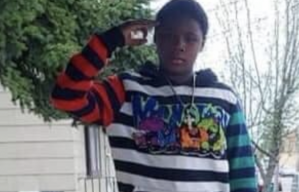The GLAAD organization, leaders in the conversation for LGBT rights, released 2013's The Where We Are on TV report analyzing the diversity of primetime scripted series.
The report focuses on the representation of the LGBT community within the scripted shows. GLAAD reports the number of LGBT characters represented on television has dropped.
Below are snippets of the statistics found in the official report. (Read the full report here)
How many LGBT characters are series regulars?
"Out of 796 primetime broadcast scripted series regulars, 26 will be LGBT this year, or 3.3%. This in down from 4.4% last year but still up from 2.9% at the beginning of the 2011-2012 season. In addition, GLAAD found 20 recurring LGBT characters, down from 25 last year."
Which networks showed an increase of LGBT characters?
"ABC and FOX are the only networks to show increases this year and have the highest percentage of LGBT characters at 5.4% each. The CW is in third place at 3%. CBS is no longer last with 1.9% of its regular characters being LGBT, while NBC dropped from last year to 1%."
Only 1 transgender character is represented on broadcast networks:
"Of the 46 LGBT regular and recurring characters on broadcast networks, half are women and 28% are people of color. While last year there weren't any regular transgender characters on broadcast television, there will be one this season with the character of Unique on Glee."
Cable television LGBT character statistics:
"On cable, GLAAD counted 42 regular LGBT characters, up from 35 last season. An additional 24 recurring characters were counted. HBO will have the most characters with a total of 11, followed by Showtime with 8 characters. Of those LGBT characters, 39% are women and 29% are people of color. Only one transgender character, Adam on Degrassi, was counted though he no longer appears on the program."
Percentage of female LGBT characters on broadcast primetime:
"Of the 796 overall regular characters on broadcast primetime, the percentage of female characters has declined somewhat to 43%. People of color will once again make up 23% of all regular characters, while just 1% will be depicted as people with disabilities."








